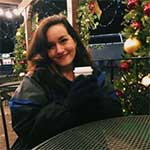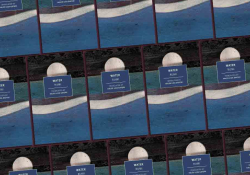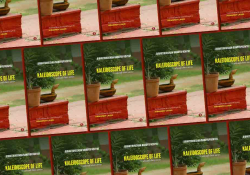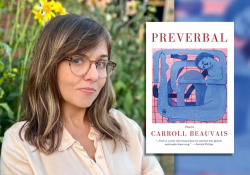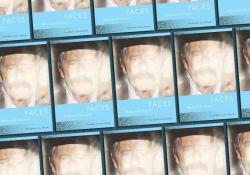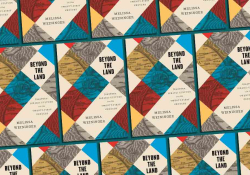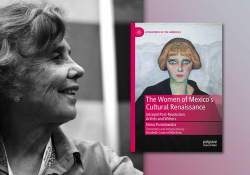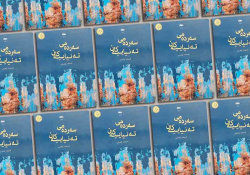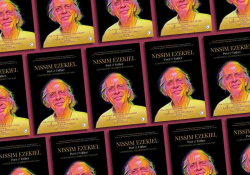Storytelling as Healing in Medicine

“Health is whatever works and for as long.”
 This phrase, a quote from a poem by Dr. John Stone (poet-cardiologist), was announced to our literature and medicine class the first week of the fall 2019 semester. Dr. Ronald Schleifer, the instructor, used this definition of health to set the stage for what would be a semester-long study and discussion of the ways in which medicine works in our lives. The collaborative work that we read to do such a task was Literature and Medicine: A Practical and Pedagogical Guide (Palgrave, 2019), co-authored by Professor Schleifer himself and Doctor Jerry Vannatta.
This phrase, a quote from a poem by Dr. John Stone (poet-cardiologist), was announced to our literature and medicine class the first week of the fall 2019 semester. Dr. Ronald Schleifer, the instructor, used this definition of health to set the stage for what would be a semester-long study and discussion of the ways in which medicine works in our lives. The collaborative work that we read to do such a task was Literature and Medicine: A Practical and Pedagogical Guide (Palgrave, 2019), co-authored by Professor Schleifer himself and Doctor Jerry Vannatta.
Based on a series of literary narratives (often touching on medical situations), physicians’ reflections, and even the shortest poem about a little red wheelbarrow, this book illustrates the importance of an often-forgotten aspect of health care: the patient-doctor relationship. An illuminating and diverse set of novels and short stories within this guide reveals the everyday implications of medicine, in both the social and physical sense. Moreover, Schleifer and Vannatta’s compilation of these stories, along with their interviews and discussions with some of the authors themselves, offer not only clinical insight into the feelings and temperaments of physicians but personal vignettes of patients who get to tell the other side of the story.
A cross-indexing of literature, culture, and medicine, this work aims to inspire current health-care professionals, students, and the everyday reader. Drawing from texts like The Death of Ivan Ilyich and “The Yellow Wallpaper,” these literary accounts remind us that health, well-being, and medicine are all significant yet fragile phenomena that are intertwined in our lives. The beauty of this book lies not in the plans for future professionals that it offers but in the everyday, simple stories of both doctors and patients alike. So often forgotten in medicine is the humanistic approach, the empathic understanding that exists in an encouraging look, a shared hug, or even shared silence.
The connection in the relationship between doctors and patients is left as a lasting impression: “There are few professions,” the authors note, “that call upon the intimacies, the emotions, the potentiality of honest and heartfelt interchange that characterize the best part of our private lives as does a profession in medicine. … Medicine … is grounded in story-telling and good listening” (239). Stories remind us that such feelings of empathy and rapport are what make relationships improve, even in the face of the scariest, most harrowing, and life-changing events. Stories and narratives in medicine allow for a genuine connection and glimpse into the shared experiences and communities of our lives, whether we are sitting in the office as the doctor or the patient.
Literature and Medicine taught me that health, while it may work for a certain period of time, is strengthened by sensitivity to vulnerability, empathy, and the care we experience in our own time.
After reading this book, I discovered that literature can help combine caring for and caring about patients so that the two functions do not detract from one another but instead make each other better. Literature teaches us, as readers, that we can be both a hero and a helper, no matter our profession. As a future doctor, it is my hope that literature, like the stories that are presented in this book, is integrated into medical education in order to improve how we care about each other. This book taught me that health, while it may work for a certain period of time, is strengthened by sensitivity to vulnerability, empathy, and the care we experience in our own time. Whether we come to the book as a student, professional, or lay reader, Literature and Medicine: A Practical and Pedagogical Guide reminds us of the beauty in shared connection that exists even in the darkest of times.
University of Oklahoma
Editorial note: The November 2018 issue of WLT featured a special section devoted to illness and literature, with stories and poems from Iran, France, Cuba, and the US.
